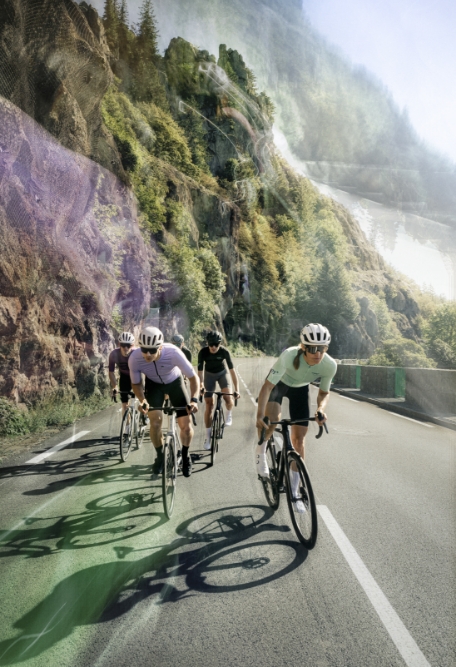Versatile, lightweight, and incredibly comfortable. Apparel that makes no compromises and delivers the best experience for every ski tourer – Dynafit ski touring clothing!
You've probably heard of the Dynafit brand and its iconic snow leopard symbol, representing not only the brand but also a commitment to the preservation of this rare species. If you're unfamiliar, we’re delighted to introduce you to their winter apparel collection, which is proven to perform in the most extreme weather conditions in the mountains. The first rule is that choosing the right gear can make the difference between success and failure on a ski tour. Wearing the wrong clothing can completely take away the joy of the experience, replacing it with bitterness. In extreme conditions, it can even put physical health at risk.
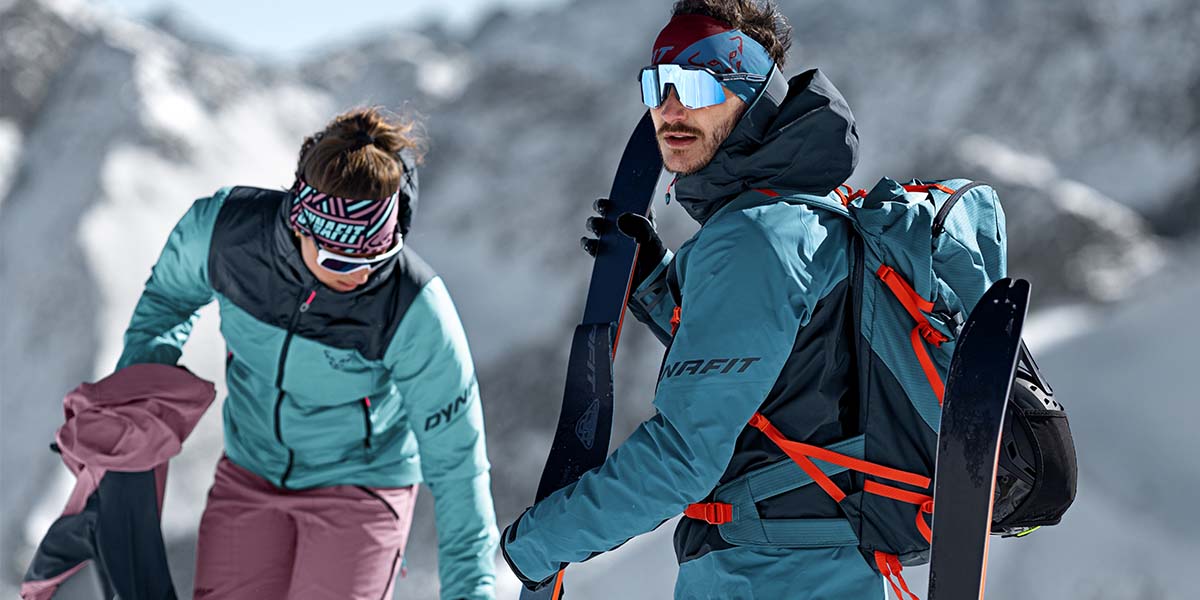
Too much clothing? Too little clothing? How do you ensure effective and functional layering? What’s the right choice of fabric for the base layer? The well-known merino wool, or high-quality polyester fabrics? The answer is either one. However, avoid cotton. Although cotton is a natural fabric, it only ensures that you’ll end up in damp, cold, and uncomfortable clothing from sweat during physical activity. Plus, your ski backpack will be heavier, as you’ll need extra clothes to change into at the top. For preparedness for changing weather and emergencies, you need to have everything – or almost everything. However, since weight is essential in skiing and hiking uphill, carefully chosen clothing plays a very important role in ski touring.
Lighter backpack = more fun in the snow. But don't forget! You must carry everything necessary for safety in the mountains, but keep it minimal. Don’t save on avalanche gear, but you can save with quality clothing, which ensures you get what you need – loads of fun without the weight.
That’s why we choose layered clothing. Different layers allow for excellent moisture wicking away from the skin, while also trapping warm air between the layers to help retain warmth. How many layers are necessary and what materials they are made from depend on each skier's personal preferences. However, there are some general rules:
- Layer 1 – next to the skin: Active underwear provides moderate insulation and quickly and efficiently wicks sweat away from the skin. Your back stays dry, and you feel warm and comfortable.
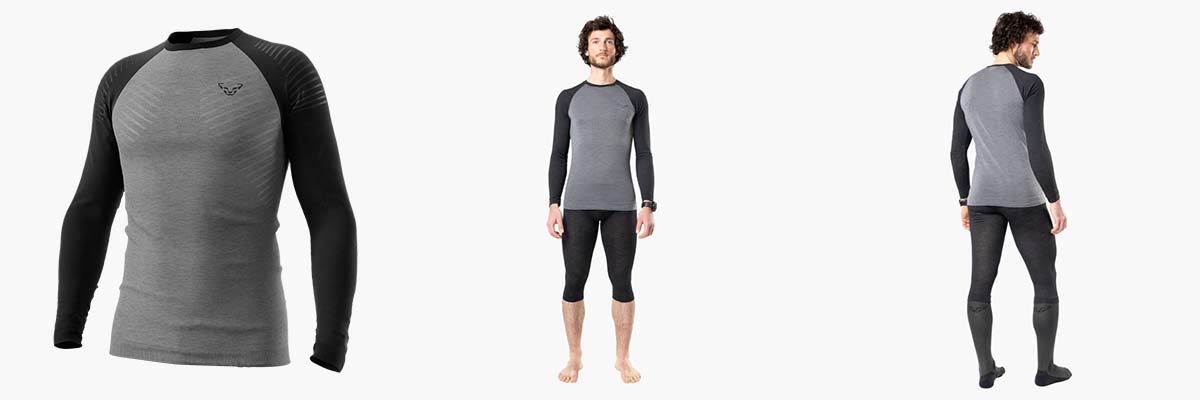
- Layer 2 or mid-layer: One or two layers that retain warmth. Selected shirts and jackets made of warm fleece, synthetic insulation, or down.
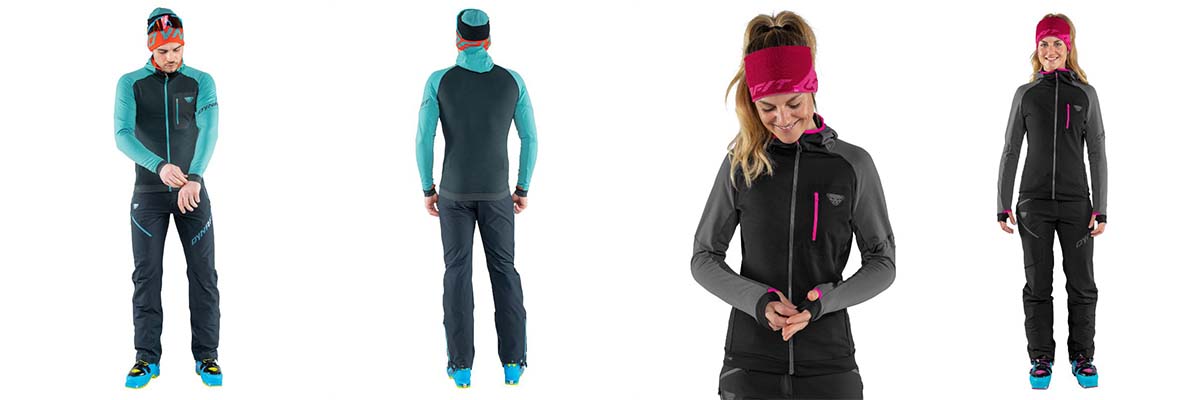
- Layer 3 or outer layer: This is the protective layer, which can be waterproof with a GTX membrane or water- and wind-resistant softshell fabric. The difference lies in water permeability.
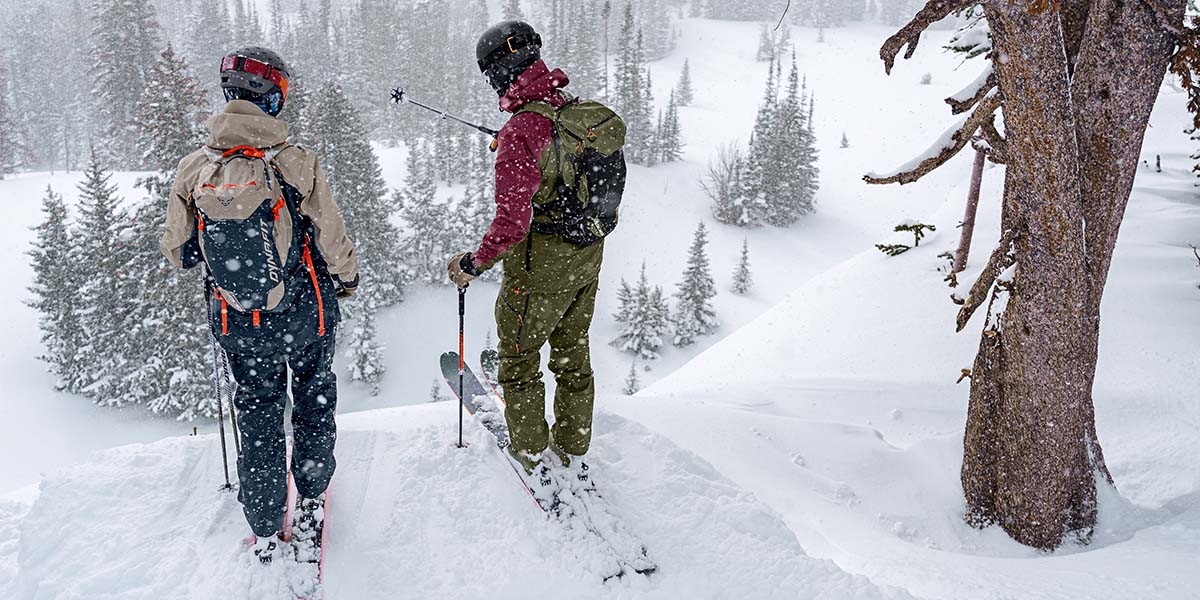
Ideally, each layer of clothing covers multiple functions, providing versatility and efficiency. This way, you save weight, increase enjoyment on the climb, and avoid unnecessary changes due to wet clothing and a damp back. For more information, feel free to consult our in-store advisors.
If too much clothing means a heavier backpack, too little clothing in the mountains can be very dangerous. Mountain weather changes quickly, and even during a ski tour, temperatures can vary – from freezing mornings to warm, sunny afternoons. There is always the possibility of sudden precipitation. Being unprepared for weather changes can lead to uncomfortable or even dangerous situations. Your chosen clothing shouldn’t add unnecessary weight.
For starters, the best advice: at the beginning of the tour, wear slightly less – a few minutes of ascent might feel chilly, but you’ll quickly warm up. A moisture-wicking base layer ensures ventilation and quick drying. Clothing and skin stay dry, and your body temperature remains stable. Don’t neglect the choice of the right ski socks. Blisters can really ruin your day. The socks should be moisture-wicking to manage dampness in the boot. They shouldn’t be too thick, as thick socks don’t retain heat. In fact, they create extra pressure, reducing blood flow and causing cold feet. A better choice is a thinner sock and relying on the boot's insulation. Ski socks are padded at key points (toes, heel, ankle) for the protection and comfort you need on the tour. They also feature smooth surfaces without irritating seams that often cause blisters. The latest technologies also provide antibacterial treatments, keeping your socks fresh even on multi-day tours.
Carefully chosen clothing is the golden key to a pleasant and enjoyable ski touring experience. Investing in functional clothing is an investment in yourself. Less moisture, more protection = more comfort and warmth. The Dynafit winter apparel collection takes care of style and functionality from head to toe, tested in the high snowy reaches of the planet.





















